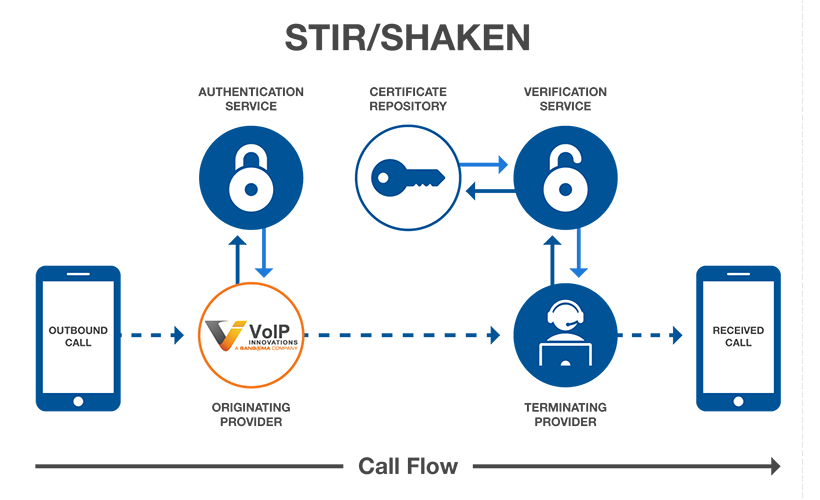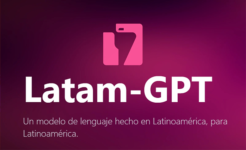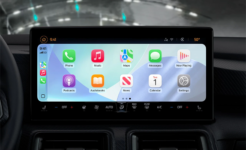
Understanding STIR/SHAKEN [Video]
Video uploaded by Bandwidth on December 1, 2020
Beating the spam calls: advanced technology against tele-pestering
It may have been attempted – unsuccessfully – over and over again, and the last thing we would want is to get the hopes of our faithful audience up unduly, but, in the light of everything we have learned of the matter so far, it seems that this eagerly dreamed of day when we’ll no longer have to hastily disconnect any call from an unknown source may really be close at hand now. And that is because the new solution against automated spam calls which all providers had until the 30th of June to incorporate into their systems does really sound impressive.
So what is so special about this method, a bit cheekily called Stir/Shaken by its creators (yes, we know), that we cautiously believe in its ability to put a significant roadblock to ceaseless torrent of those insufferable robotic calls which regularly interfere our personal lives and work alike? That is, to counter all – or at least most of – those billions and billions of uncalled-for offers, scam ads, data-stealing schemes, etc., that swamp the US alone every year?

When a VoIP phone call is made, a SIP INVITE message (or call request) is created and sent to the service provider for that party, called the originating service provider (OSP). The OSP will check the source and caller ID of that call and validate it with an authentication service, which creates a digital signature, or ‘signs’ the legitimacy of the caller ID in one of 3 attestation levels (or confidence levels).
Well, for starters, this technology is designed to put an end to such a thing as an unknown caller per se. On top of being a James Bond homage, its fancy title is also an abbreviation, where the Stir part of it means “secure telephone identity revisited” and Shaken is short for “signature-based handling of asserted information using tokens”. To put it in a more layman’s terms, the Stir is meant to check the lawfulness of incoming calls’ sources whereas the Shaken takes care of checking the calls against the recently-introduced “mitigation database”. This way, Stir/Shaken will not only weed off the calls coming from unreliable origins but also pinpoint the so-called ID spoofers – to wit, the fraudsters using the forged call IDs. Until now, this unlawful but, sadly, quite efficient approach made them not particularly catchable, for it provided them with a nearly impenetrable hiding place. But with the Stir/Shaken’s new tracing methods, the walls of their anonymity fortress have become a lot less forbidding, nay, virtually transparent. This tech’s designers hit them where it hurts the most – at their non-identifiability. And from this point, when this new solution has become compulsory for every telecom provider in America (thanks to the Traced Act that came into effect from December 2019), all networks in the country will be much safer for the law-abiding users and much less so for the conmen who make us fear – and, as a result, miss – even the most legal automated calls, such as delivery notifications or invitations to interviews. Granted, it took the FCC to formulate the rules by which firms like AT&T, Verizon and the like have to add Stir/Shaken to their systems, but it appears to have been worth the wait. And in some cases it will also happen earlier than expected, because those non-major providers who at first were given a much longer time limit for this upgrade – namely, until the summer of 2023 – recently have had it pushed back a year, as it turned out that, who would have thought, they were responsible for carrying quite a mighty chunk of the harmful calls.

Now, it’s, of course, too early to judge whether this step really will prove to be the breakthrough all of us who still suffer at the hands of phone line hijackers desperately need it to be.
Now, it’s, of course, too early to judge whether this step really will prove to be the breakthrough all of us who still suffer at the hands of phone line hijackers desperately need it to be. It will take some while to see the actual scale of the effect Stir/Shaken will have. And we are, needless to say, already hearing quite a few of sceptical voices pointing out that more than one player on the market had introduced the tech in question even before the D-Day, so to speak, yet it being in use doesn’t appear to reduce the wave of illegitimate robotic calls all that significantly. Moreover, their doubts are somewhat understandable, given the history of the matter and all the frustrating past experiences left by previous less-than-thrilling attempts. It is also true that spoofers and spammers have proven time and time again how inventive they can become when there is someone else’s money to be stolen.
But on the other hand, the current scale of implementation of this new technology is not nearly enough to be counted as a sample of things to come. As we mentioned above, one of the largest segments of robocalls-infested networks may not even introduce this upgrade until the next year. And let us not forget that Stir/Shaken threatens something utterly important for any phone fraudster: the low level of expenses such schemes require. Even if the robo-callers will find a way to successfully circumvent these new measures, they in turn will need a new, more sophisticated – and therefore, more costly – equipment for that, which will significantly cut their balance. So let us not get ahead of ourselves and celebrate the enemy’s victory before the battle even truly commences. Especially since this time we seem to have acquired some real ammo, for a change.
Links
- Stir / Shaken | Wholesale SIP Trunking: Telecommunications & SMS – VoIP Innovations
- Sell your used phone online – iGotOffer






Facebook
Twitter
RSS